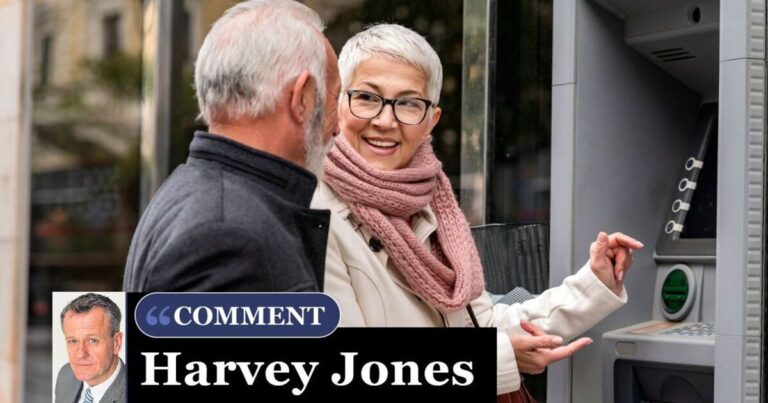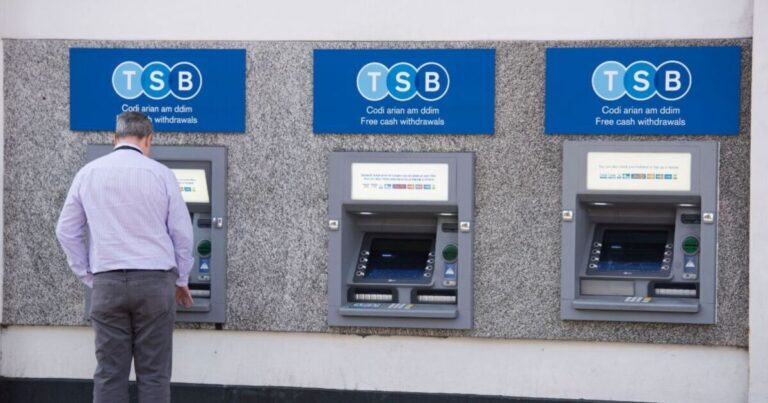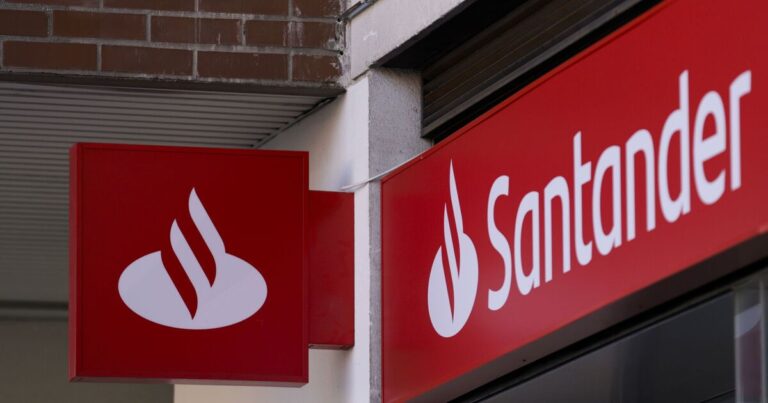Freelancing, or at least moving to a freelance economy has provided us not with answers for the work-force that has bound us, but with more questions and uncertainty. Don’t get me wrong, as a designer I am unlikely to start applying for corporate positions. This doesn’t mean that freelancing has offered a blanket-solution for the ever-changing landscape of design work. Freelancers may claim that because there is no company profiting off their work their base-salary goes to them, and they are free to pick and choose their clientele and work where and when they want – all noble, but it doesn’t necessarily add up to the kind of job that equates paradise. In-fact, freelancing seems to have some of the same problems of the traditional workforce. We are constantly forced to evaluate our quality of work and amount of pay by the fact that somebody in the Southern hemisphere, or Asia, will be willing to do a similar level of work for much much cheaper. While I do not begrudge them for their income, I worry about my loan for my design degree. I worry that even if I offer the best services I can, I am still going to be outbid by somebody whose economy offers more “bang for their buck”. The cost of living in many Western countries keeps inflating, and as this inflates, the cost of work in an internet age keeps going down. Many persons seeking a professional job don’t exactly know what “good” design is. They may not know if a design has been ripped-off, if it is original work, or how many hours it takes to make a truly great logo. Hell, many persons may actually think that Web-designers are completely ripping them off — after all they can get a “free” site with Wix, WordPress, or go for the paid “easy” route with something like Squarespace. You can imagine the collective sighs of designers everywhere. We’re constantly biting our finger nails down to stubs. Worse for us is that these guys have the money to pay for ads and fancy video advertisements that makes it all look so readily available. The advertisements conveniently leave out the frantic calls to your designer at 3am because your e-store is suddenly not accepting payments, and you’ve just lost multiple orders. Freelancing is not only hard because we feel under-valued. Sites like Upwork, Freelancer and Fiverr have all popped up to “help” freelancers. By help, they provide a network for freelancers to seek jobs. In-turn, they take a large cut of profits, often close to 20%. Uncertainty with payments has burned a lot of designers. Many doing projects and not even getting paid. This isn’t the only problem with this model of finding work. Because of this, many persons are able to bid for a much smaller price. Sure, you can check profiles for work, but how many people could lie about their abilities, yet get the job anyways. This style is not only burning the freelancers, it’s dangerous for persons that are looking for the designer, too. The clients we find freelancing, if we’re lucky to find them, may be beyond reason. I have had these clients myself. Working for a discounted rate, hell, only being offered $15 to do additional work, and then have the client suggest I do more – more – and more before they pay is just one example of the ways that persons think that they should pay less for more. I’ve severed ties with people before getting pay, simply because their demands are so unreasonable, and emotionally-devastating that the work simply was not worth the effort. The nature of freelancing, particularly clients found from the deep realm of the internet, makes persons think that human decency goes out the window. A person may even seem reasonable at first glance, but later they turn into something out of a psychological thriller. If you want to know if a person is a narcissist, psychopath or sociopath, instruct them to hire a freelancer and watch them interact. Of course we can say “no” to these clients. But, sometimes we are backed into a corner. What if there isn’t another client around the corner? Who is going to pay our rent, groceries and other services? The answer remains the same as with any job: we will. If we can’t find larger jobs, we may spend many hours a day scrambling just to make $20 at a time. Our next dollar is never certain, nor is our next job. Instead of “sitting around working when we please”, like many may expect, we are often networking and searching for clients with every waking breath that we are not tending to the clients we do have. Freelancing is a world filled with uncertainty. Even if we are professionals in the industry for years, we are always going to have to deal with amateurs that say they can do the same work we can for a margin of the price. They probably can’t, but for clients that don’t know any better, they may first see the price. My advice for anybody looking for a service is that quality matters. Finding a designer that is professional, has rates that seem like something you would expect (what wage would you expect per hour for work in your industry?). If the price is small, then it’s probably for a reason. You may even run into legal issues if you are paying too little – do you know where that “designer” found the stock photos for your website? Did they even pay for them? It’s not a nice feeling to be served with cease and desist papers for the website that you skimped on. Paying a professional designer can save you headaches in the future. The work done right, efficiently the first time, is often cheaper than hopping from low-end designer to designer. Finding clients that are trustworthy is hard both local and afar. The lack of brick and mortar institutions makes bait and switch all the easier. Still, we persist and try to pay our bills in an ever-destabilized work economy. In a way, the freelance community has liberated itself, so liberal, that it has become an anarchy. Shaylynn Hayes is a writer, advocate, and designer. She has an honours diploma in Creative Digital Media and is a web, graphic, and print designer. You can find her design services at East Coast Designs.
















